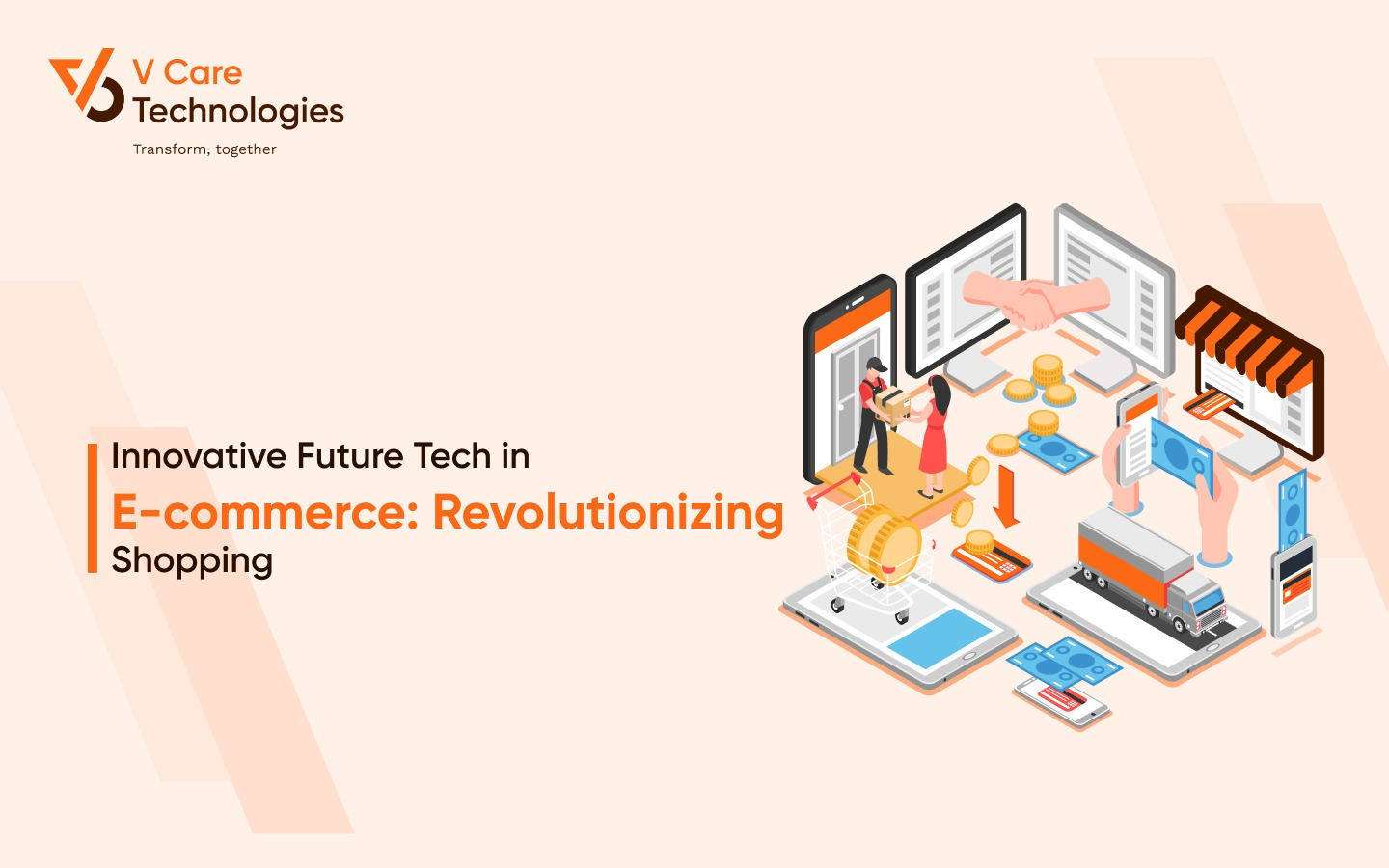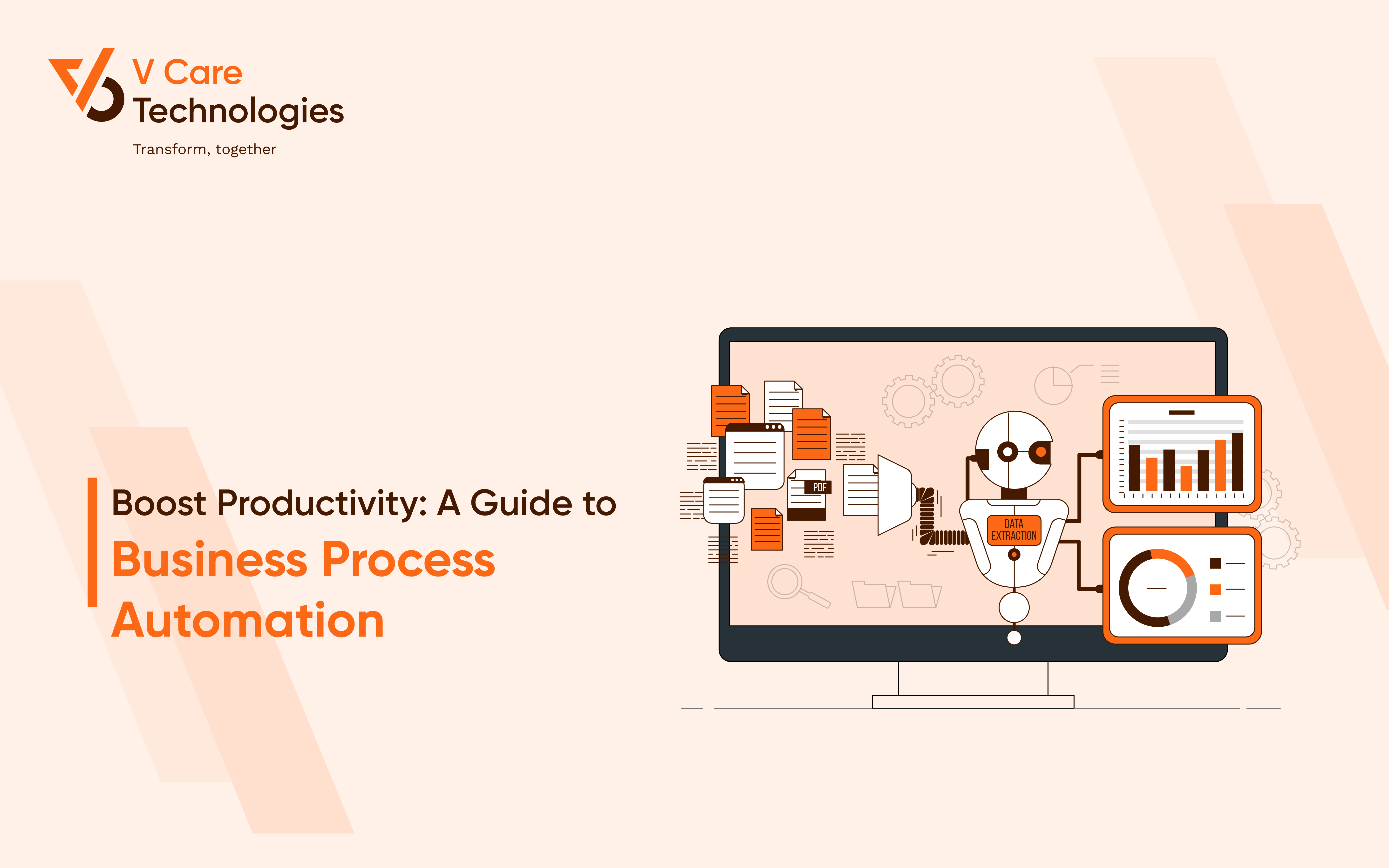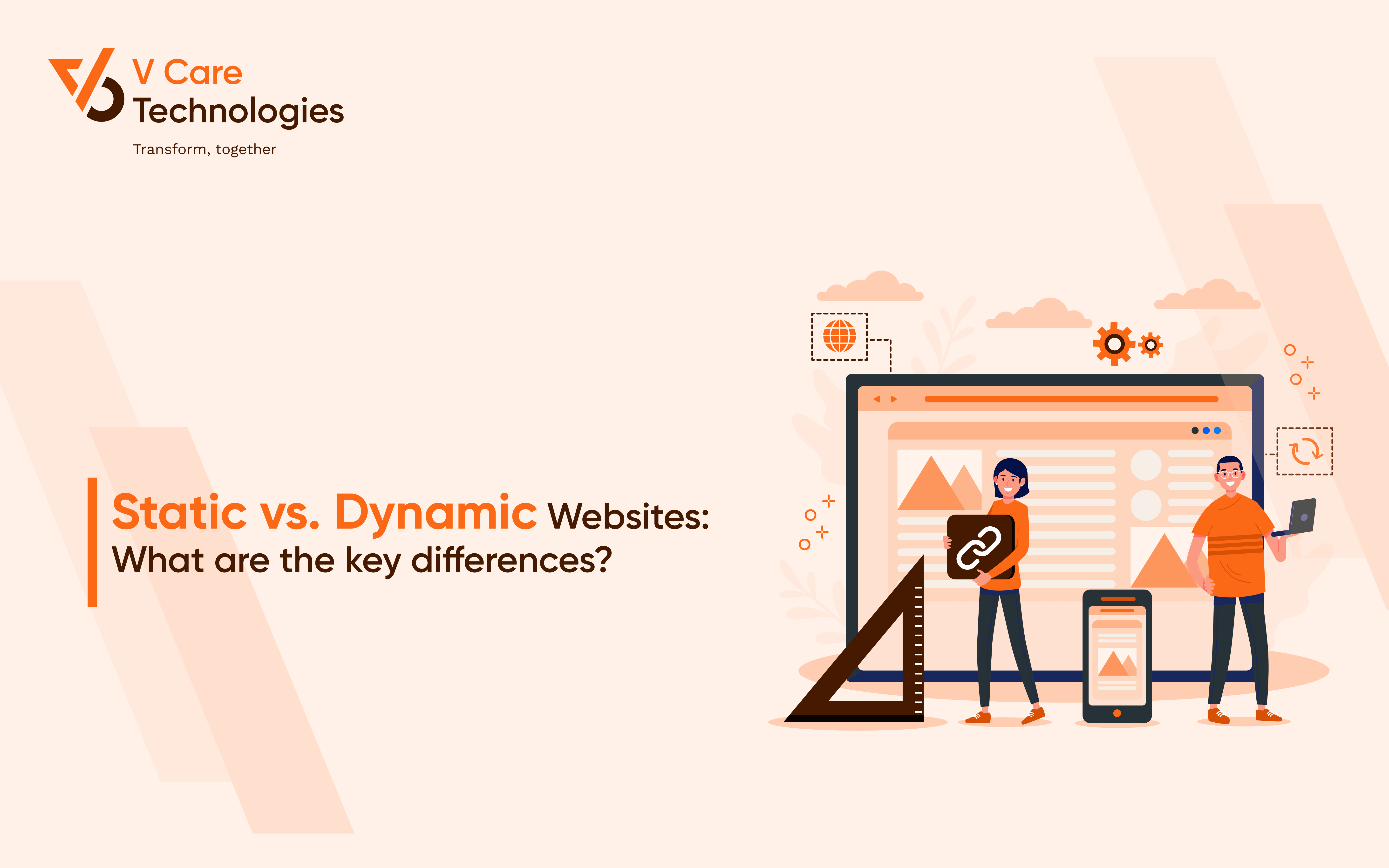Innovative Future Tech in E-commerce: Revolutionizing Shopping
Introduction:
Welcome to the era of e-commerce, where technological advancements are reshaping the way we buy and sell goods. In this blog post, we'll dive into the world of innovative technologies that are shaping the future of e-commerce. From streamlining operations to enhancing customer experiences, these advancements are revolutionizing the way online businesses operate. So, grab a cup of coffee and join us on this exciting journey through the realm of e-commerce technology!
AI-Powered Chatbots - Your 24/7 Virtual Shopping Assistant
When it comes to providing excellent customer service, AI-powered chatbots have become an indispensable tool for e-commerce businesses. These intelligent virtual assistants are designed to understand and respond to customer queries in real-time, offering personalized support round the clock. By leveraging natural language processing and machine learning algorithms, chatbots can accurately address customer concerns, recommend products, and assist with the purchase process. With chatbots, businesses can enhance customer engagement, reduce response times, and improve overall satisfaction.
One prime example of this technology is the chatbot used by clothing retailer H&M. By analyzing customer preferences and purchase history, the chatbot suggests fashion items that align with each individual's unique style. This level of personalized assistance not only boosts customer loyalty but also drives sales by increasing cross-selling and upselling opportunities.
Augmented Reality (AR) - Try Before You Buy
Imagine being able to try on clothes or visualize furniture in your home before making a purchase. Augmented Reality (AR) is turning this dream into reality. With AR technology, e-commerce businesses can provide virtual try-on experiences, allowing customers to see how products would look or fit in real-time. This immersive technology not only enhances customer confidence but also reduces the likelihood of returns, saving time and money for both the customer and the retailer.
One of the pioneers in AR-based e-commerce is the beauty industry. Brands like Sephora and L'Oréal have developed mobile applications that enable users to virtually apply makeup and experiment with different looks. By overlaying digital cosmetics onto the user's face, these apps provide an interactive and personalized shopping experience, boosting customer engagement and driving conversions.
Internet of Things (IoT) - A Seamless Connection Between Devices
The Internet of Things (IoT) is revolutionizing the way devices interact and communicate with each other. In e-commerce, this technology opens up a world of possibilities for creating a seamless and personalized shopping experience. By integrating IoT devices, retailers can gather real-time data on customer behavior, preferences, and usage patterns. This data can be leveraged to offer personalized recommendations, automate replenishment, and improve supply chain management.
For instance, smart refrigerators equipped with IoT sensors can detect when grocery items are running low and automatically add them to the customer's online shopping cart. This convenience not only saves time but also ensures a continuous supply of essential goods. Moreover, IoT-enabled wearable devices like fitness trackers can provide data on user activity levels, allowing e-commerce businesses to offer personalized fitness products and services.
Voice Commerce - Shopping with Just a Few Words
Voice commerce, powered by voice assistants like Amazon's Alexa and Google Assistant, is revolutionizing the way we shop online. This technology allows users to make purchases, check order statuses, and obtain product information using voice commands. By leveraging natural language processing and machine learning, voice commerce simplifies the purchasing process, making it faster and more convenient for customers.
One of the main advantages of voice commerce is its hands-free nature, which enables multitasking and provides a more accessible shopping experience for individuals with disabilities. With the increasing adoption of smart speakers and voice-enabled devices, voice commerce is becoming a dominant force in the e-commerce landscape.
Blockchain Technology - Secure and Transparent Transactions
Blockchain technology is not just limited to cryptocurrencies; it also has the potential to transform e-commerce by providing secure and transparent transactions. By leveraging decentralized ledgers and cryptographic algorithms, blockchain ensures the integrity and immutability of data. This technology eliminates the need for intermediaries, reducing costs and enhancing trust in online transactions.
One of the key benefits of blockchain in e-commerce is its ability to address concerns related to counterfeit goods. By implementing blockchain-based supply chain solutions, businesses can track the provenance and authenticity of products, ensuring customers receive genuine items. Additionally, blockchain can streamline cross-border transactions by eliminating the complexities associated with traditional payment systems.
Big Data Analytics - Insights that Drive Business Growth
In the digital age, data is king, and e-commerce businesses have access to vast amounts of customer information. Big data analytics allows businesses to extract valuable insights from this data, enabling them to make data-driven decisions and drive business growth. By analyzing customer behavior, preferences, and purchase patterns, businesses can personalize marketing campaigns, optimize pricing strategies, and improve inventory management.
Retail giant Amazon is a prime example of how big data analytics can fuel success. Through their recommendation engine, which leverages customer browsing and purchase history, Amazon delivers highly personalized product suggestions, leading to increased customer satisfaction and sales. By harnessing the power of data, e-commerce businesses can gain a competitive edge in the market.
Mobile Commerce - Shopping on the Go
With the increasing penetration of smartphones, mobile commerce has emerged as a dominant force in the e-commerce landscape. Mobile commerce, or m-commerce, refers to the ability to conduct online transactions using mobile devices. From browsing products to making payments, mobile commerce offers a convenient and seamless shopping experience for customers.
E-commerce businesses are optimizing their websites and applications for mobile devices, ensuring responsive designs, intuitive navigation, and secure payment gateways. Mobile commerce allows customers to shop anytime, anywhere, and offers features like push notifications, location-based offers, and mobile wallets for added convenience.
Social Commerce - The Power of Social Media in E-commerce
Social media platforms are no longer just for sharing updates and connecting with friends; they have become powerful tools for e-commerce businesses. Social commerce refers to the integration of e-commerce functionalities within social media platforms, enabling businesses to sell products directly to users.
Platforms like Instagram and Facebook have introduced features that allow businesses to create shoppable posts and immersive shopping experiences. Users can discover products, read reviews, and make purchases without leaving the social media platform. Social commerce harnesses the power of social influence and recommendations, providing businesses with new avenues to reach and engage with customers.
The Future of E-commerce Technology
As we look to the future, the possibilities for e-commerce technology are endless. Emerging technologies like virtual reality (VR), machine learning, and 5G connectivity are poised to revolutionize the e-commerce landscape even further. VR could provide immersive shopping experiences, while machine learning algorithms will continue to refine personalization efforts. With 5G, faster and more reliable connectivity will enable seamless online shopping experiences, empowering businesses to reach global markets with ease.
Conclusion
Innovative technologies are playing a pivotal role in shaping the future of e-commerce. From AI-powered chatbots to blockchain-enabled transactions, each advancement offers unique benefits that improve customer experiences, streamline operations, and drive business growth. As these technologies continue to evolve, we can expect the e-commerce landscape to become even more dynamic and exciting.
FAQ
What are the future technologies in e-commerce?
E-commerce businesses are rapidly embracing cutting-edge technology like Augmented Reality (AR) and Virtual Reality (VR). These technologies enable e-commerce operators and merchants to provide their customers with immersive shopping experiences and innovative methods to present their items.
How India is shaping the future of e-commerce?
The Indian eCommerce industry is anticipated to reach $170 billion by 2025 (Bain). India's online consumer base is expected to grow to over 500-600 million by 2030, making it the world's second biggest (IBEF).
How technology is changing e-commerce?
As artificial intelligence advances, e-commerce systems will be able to deliver more personalised suggestions to customers. E-commerce sites, for example, will be able to propose things based on a consumer's previous purchases and browsing history.
What is the future growth of e-commerce in India Wikipedia?
According to Goldman Sachs, India's e-commerce market would be worth $99 billion by 2024, with online shopping predicted to more than double to about 11% by 2024 from 4.7% in 2019 at a 27% compound annual growth rate (CAGR).
What is the future of e-commerce in 2030?
rapid commerce and social commerce are predicted to leapfrog within e-commerce, with rapid commerce being a $40 billion business by 2030, up from the present $2 billion. In 2022, social commerce in India is expected to reach $55 billion, up from $5 billion now.
What is the key factor for the growth of e-commerce in India?
Rising Internet usage and Smartphone adoption
One thing that cannot be refuted is that individuals have direct access to digital knowledge through informational sites and articles on the internet, which keeps them digitally active and so promotes eCommerce growth in India.
How eCommerce is changing in India?
The online retail sector in India is predicted to constitute 25% of the overall organised retail market, with a projected increase to 37% by 2030. Furthermore, the gross merchandise value (GMV) of social commerce in India is predicted to reach $20 billion by 2026, with the potential to reach $70 billion by 2030.
What are the three e-commerce technologies?
These transactions are commonly referred to as B2B (business-to-business), B2C (business-to-customer), and C2C (customer-to-customer) e-commerce.
Author: Murtuza Tarwala
2023-07-11




 About us
About us Services
Services Projects
Projects Blogs
Blogs





